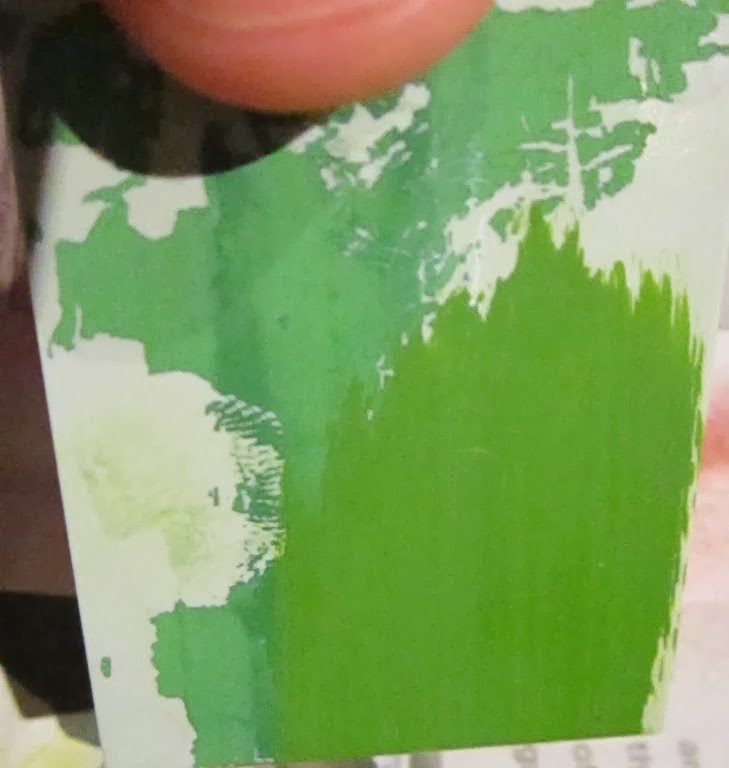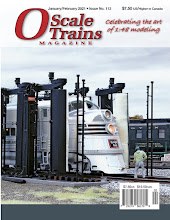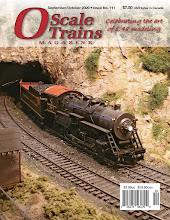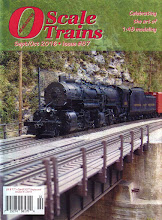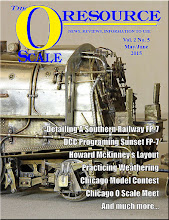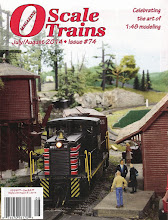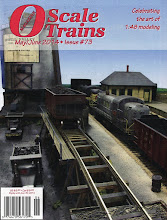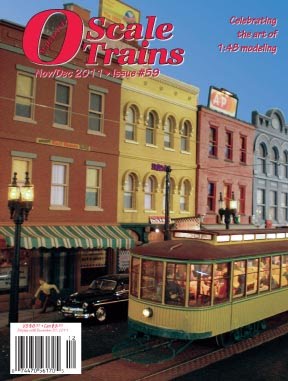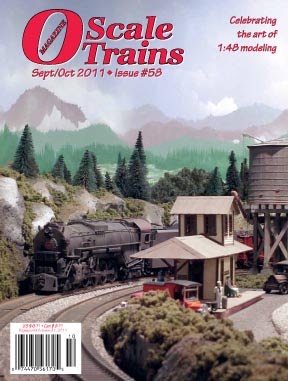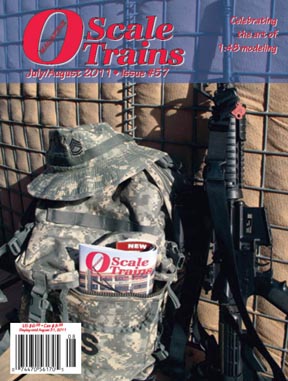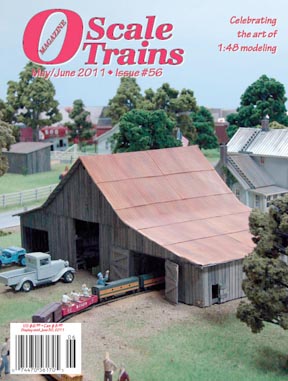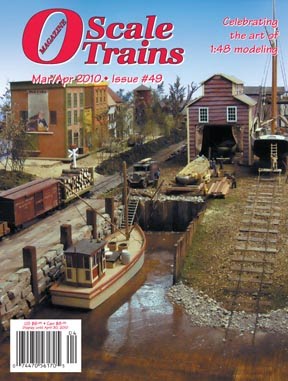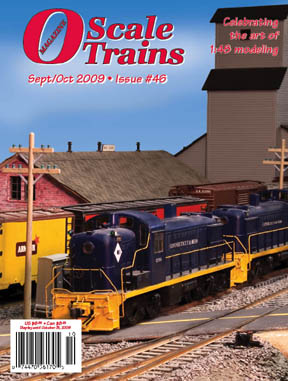For a guide to railroad horns in general see: http://atsf.railfan. net/airhorns/
Nathan M Series Horns:
(From Ken Kanne)
With a couple of exceptions, M horns MUST be assembled with the numerical
bell and chamber attached to the same-numbered port in the manifold for them to
sound the designed notes. The throats in the manifold are size-matched to the
bell and chamber openings. The two exceptions: The M3H has a #2 bell in the
#1 position and #1 chamber with a #3 bell in the #2 position and #2 chamber,
effectively raising the blown frequency of the two lower notes. The #4 bell and
chamber are mounted in the normal #4 port. The other exception is the use of the
very rare #0 (Zero, NOT O (oh) bell (220cps). It is mounted in the #1
position and #1 chamber, since there was never a "Zero" chamber made.
It is physically impossible to mount a #4 or #5 bell and chamber in the #1,
#2 or #3 bell ports or vise-versa, since the bolt spacing is different. The 4
and 5 are "small bolt pattern" and the 1,2 and 3 are "large bolt pattern".
Nathan P Series Horns:
(From Pete Hodges)The Southern was one of the few roads that used so-called :"0-bells" on their P-horns which play the note A at 220 Hz, putting their root note down below Middle-C, making the horn enter the bass end of the tonal scale.
(From Evan Werkema)
Southern was a pretty big user of the P5 in later years, and Norfolk Southern continued specifying it on new power into the late 1980's. They had been a big user of the maintenance-intensive M5, and the P5 was a low maintenance alternative that played the same notes, albeit with a much tinnier sound. Unfortunately, the patterns for a number of the P bells drifted out of spec, resulting in some very unpleasant "new castings" P5's by the time NS gave up on them in the 80's.
Other interesting information:
The lower the bell #, the longer the bell and lower the frequency it plays.(From Evan Werkema)
Fouling can cause a horn to harmonically overblow to a higher pitch, a phenomenon known in the vernacular as "squealing." Leslie Supertyfons were notorious for this, but Nathan/Airchime horns could also squeal under the right (that is to say, wrong) circumstances. When Amtrak relocated the horns on their F40PH's from the cab roof to a spot above the engine room directly behind the exhaust stack, the combination of heat and soot caused a number of interesting variations as different bells started squealing or going silent.
Leslie A-200's can be distinguished from Wabco E-2's by the prominent tab at the top of the power chamber and the flat back cap with four tabs. The Wabco E-2 lacks the tab at the top and has a more complex back cap with six tabs.
Below are examples of Nathan P5 horns. Do not confuse these with Leslie Supertyfon horns, which have a larger manifold that has weight-saving holes in them:
Also, here are examples of P3 horns that are suspected of having the 0 bells installed:







































